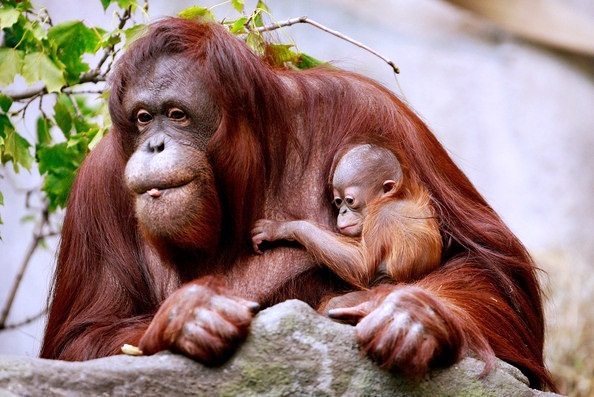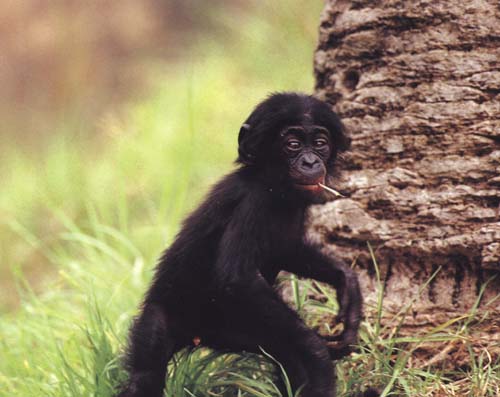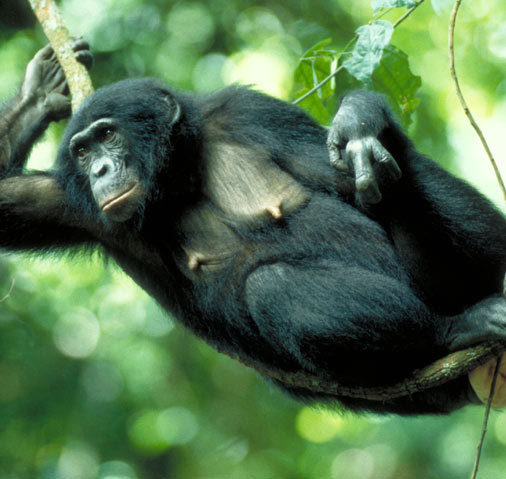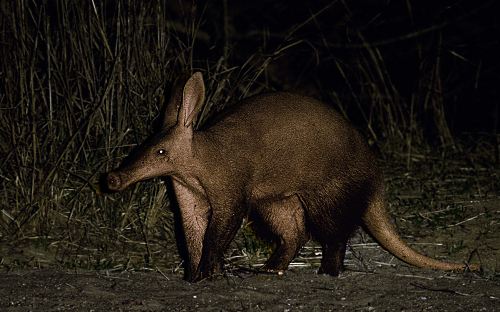The kangaroo is a marsupial from the family Macropodidae (macropods, meaning 'large foot'). In common use the term is used to describe the largest species from this family, especially those of the genus Macropus, red kangaroo, antilopine kangaroo, eastern grey kangaroo and western grey kangaroo. On the Australian coat of arms the Emu and
the Kangaroo were selected as symbols of Australia to represent the
country progress because they are always moving forward and never move
backwards. The word "kangaroo" derives from the Guugu Yimithirr word gangurru, referring to grey kangaroos. The name was first recorded as "kanguru" on 12 July 1770. Kangaroo moves by hopping on its hind legs using its
tail for steering and balancing while hopping at speed up to
40mph/60kmh.
When kangaroo is moving slowly the tail is used as
an extra leg and supports the kangaroo when it is standing on its hind
legs. Most kangaroos can only move both back
legs together and not one at a time.Kangaroos are found in Australia, Tasmania, and New
Guinea. They are grazing animals that eat grass,
young shoots and leaves of heath plants and grass trees. Kangaroos need very little water to survive and
are capable of going for months without drinking at all. All kangaroos have a chambered stomach similar to
cattle and sheep. They regurgitate the vegetation they have
eaten, chew it as cud, and then swallow it again for final
digestion.






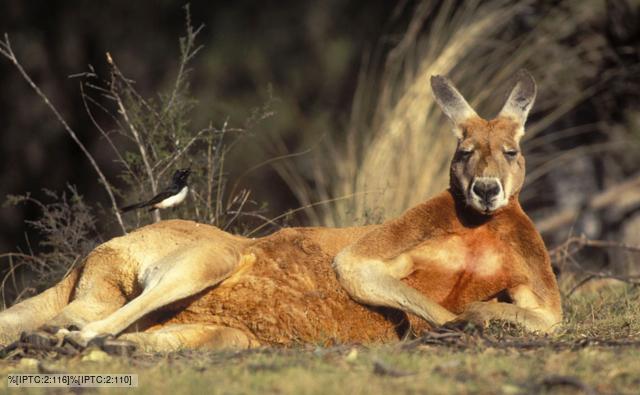


Antilopine Cangaroo






Eastern Grey Cangaroo
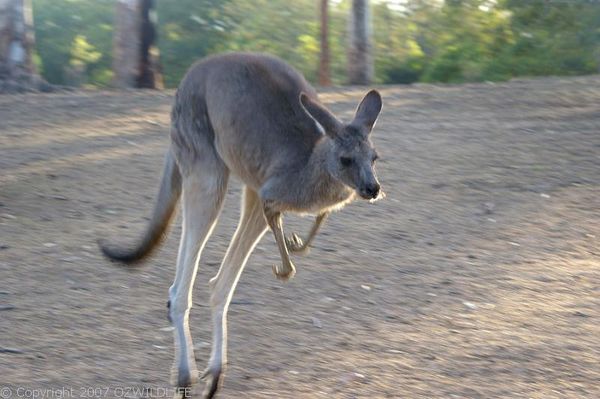





Western Grey Kangaroo



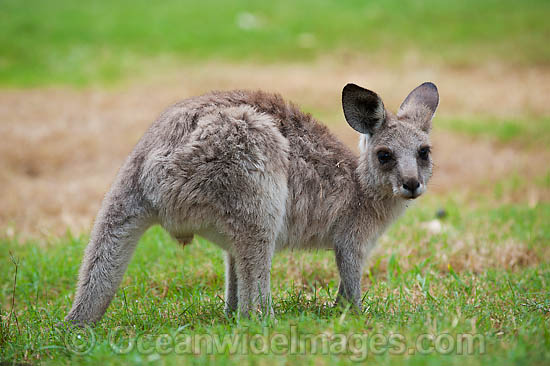



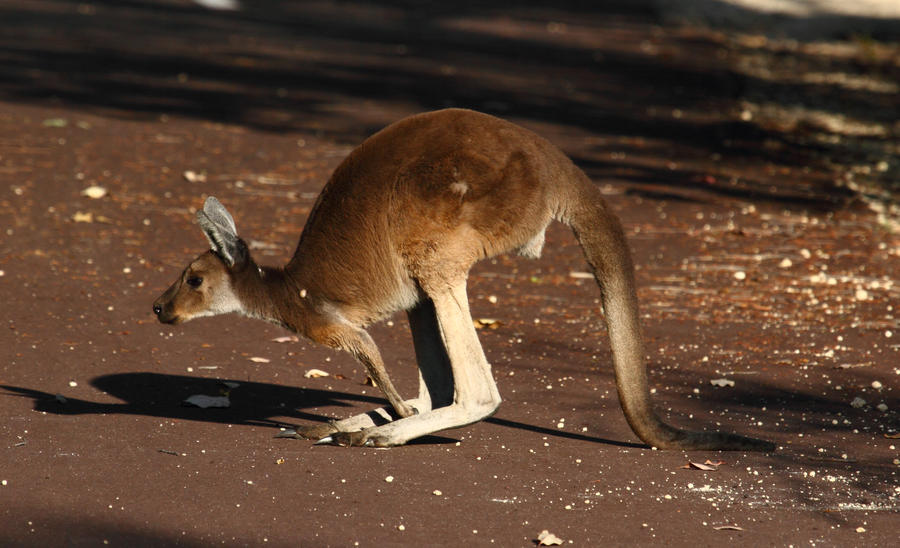









Antilopine Cangaroo




Eastern Grey Cangaroo






Western Grey Kangaroo







